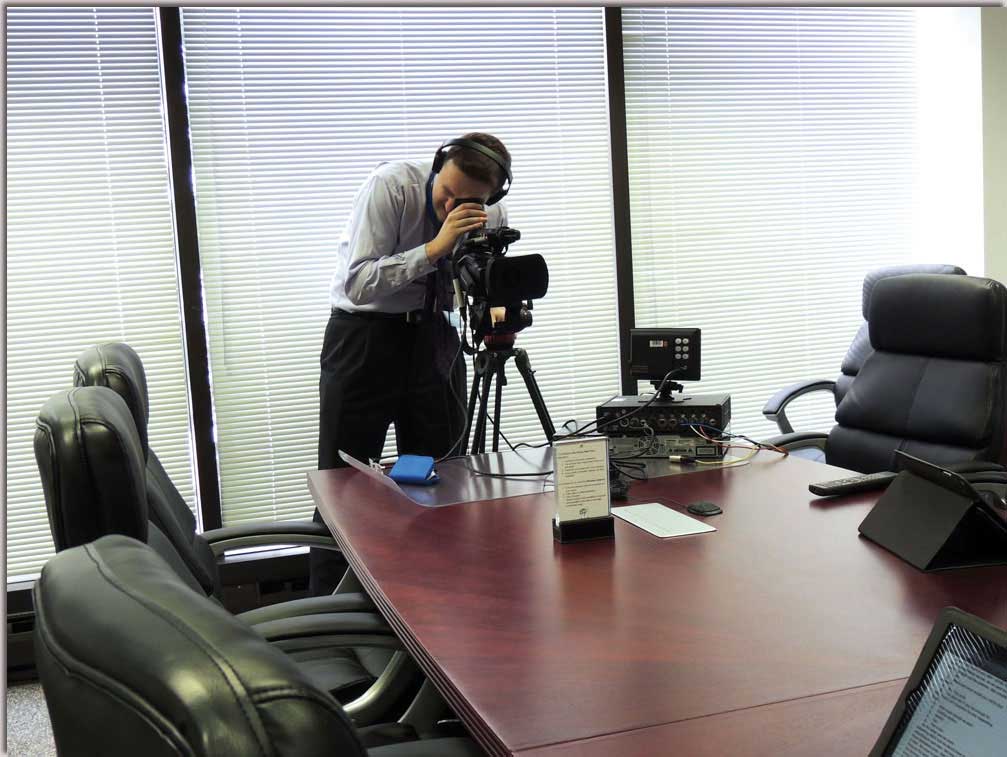Why Legal Videography Is Vital for Accurate Legal Record-Keeping
In the realm of lawful procedures, the precision of record-keeping is paramount, and lawful videography arises as an essential device in this context. As we explore the multifaceted advantages of legal videography, one should consider its ramifications for the future of judicial integrity and transparency.
Value of Visual Evidence
Establishing the significance of aesthetic evidence in lawful proceedings is extremely important for making sure accurate record-keeping and boosting the total stability of the judicial process. Aesthetic evidence offers as an essential tool in documenting occasions, problems, and various other pertinent information that might be vital to a case. Unlike written accounts, which are susceptible to interpretation and bias, aesthetic recordings give a purpose, unalterable depiction of truths as they occurred.
This form of proof can catch a selection of aspects, including witness actions, environmental context, and physical evidence, every one of which may influence judicial outcomes. By providing a clear and thorough aesthetic story, lawful videography removes uncertainty and helps to maintain the credibility of the proof.
Additionally, visual proof can be important in decreasing disputes over valid discrepancies, as it enables a direct comparison versus testament and other documented documents. In an age where electronic modern technology is increasingly common, the ability to existing aesthetic evidence efficiently can substantially improve the general top quality of legal process. Eventually, the incorporation of visual evidence not only bolsters the documentation process but also reinforces public trust fund in the judicial system by advertising openness and accountability.
Enhancing Statement Credibility
The integration of lawful videography into courtroom procedures considerably boosts the trustworthiness of witness testament. By catching the nuances of spoken and non-verbal communication, video clip recordings supply a more thorough representation of a witness's disposition, emotions, and dependability. This visual documentation enables jurors to observe the witness's body language, faces, and total conduct, which are essential components that can influence their understanding of testament trustworthiness.

In addition, the visibility of video clip footage can prevent witnesses from providing misleading or overstated declarations, as they understand that their testimony is being videotaped. This liability enhances the stability of the judicial procedure. Inevitably, legal videography functions as a crucial tool in making sure that witness testament is not only accurately shown however additionally viewed with enhanced reputation by all events included.
Comprehensive Document Conservation
Comprehensive record preservation is crucial for keeping the stability of legal process. Legal videography works as a vital tool in this procedure, providing a precise aesthetic and acoustic account of testaments, depositions, and other turning points in a situation. Unlike standard written records, get more video clip recordings catch the nuances of body language, tone, and emotion, which are essential for comprehending the context and intent behind declarations made throughout legal process.
Incorporating audiovisual components right into record-keeping boosts the conservation of evidence, making sure that it continues to be intact and available throughout the legal procedure. This is specifically essential in instances where the integrity of witness declarations might be tested, as aesthetic recordings can substantiate insurance claims and supply clearness. Additionally, video documents can be indispensable throughout appeals or retrials, offering an unchanged representation of the original testimony.

Additionally, the capability to examine video clip evidence permits legal experts to determine crucial information that may have been forgotten in written records. By keeping a thorough archive of lawful process via videography, law practice can support the highest possible standards of accuracy and accountability, ultimately adding to a fairer judicial process.
Improving Legal Proceedings
Improving legal proceedings is important for enhancing efficiency and reducing hold-ups within the judicial system. Lawful videography serves as a critical tool in achieving this objective by supplying clear and precise visual documentation of court hearings, depositions, and testaments - legal videography. This modern technology permits real-time recording, guaranteeing that all verbal and non-verbal cues are captured, which can assist in quicker resolution of disagreements
The integration of videography right into legal procedures lessens dependence on typical techniques, such as lengthy records, which can be lengthy to produce and assess. By having accessibility to taped footage, lawyers can swiftly reference vital go to my site moments, enhancing their capability to prepare and present situations effectively. This immediacy likewise assists in the making clear of testimonies, lowering the capacity for false impression.

Admissibility in Court
Accurate paperwork is important not only for efficiency but additionally for ensuring that proof is permissible in court. Legal videography acts as an essential tool in this procedure, giving a trusted visual document of testimonies, statements, and occasions. Courts commonly need proof to meet specific requirements of admissibility, consisting of relevance, credibility, and dependability. Top quality video clip recordings can accomplish these standards by capturing clear sound and visual information that composed records may overlook.
To be considered permissible, legal videography needs to abide by recognized methods, such as proper devices use, suitable illumination, and clear sound capture. Additionally, it is important to have qualified videographers that comprehend the legal demands bordering proof collection. legal videography. The chain of custodianship must also be preserved to stop any insurance claims Read Full Report of meddling or change
Furthermore, legal videography can improve the persuasiveness of evidence by giving jurors with a direct view of the testimony, permitting for an extra engaged understanding of the case. In summary, the combination of legal videography right into record-keeping not just sustains performance yet additionally reinforces the integrity and admissibility of evidence in court procedures.
Final Thought
Finally, lawful videography plays a crucial role in guaranteeing precise lawful record-keeping by giving unbiased visual documents. This technique improves the credibility of testimonies, maintains thorough documents, and simplifies lawful process. Furthermore, the admissibility of high-grade video clip evidence in court additional underscores its importance. Ultimately, the unification of lawful videography into the judicial process promotes openness and strengthens public count on the honesty of the lawful system.